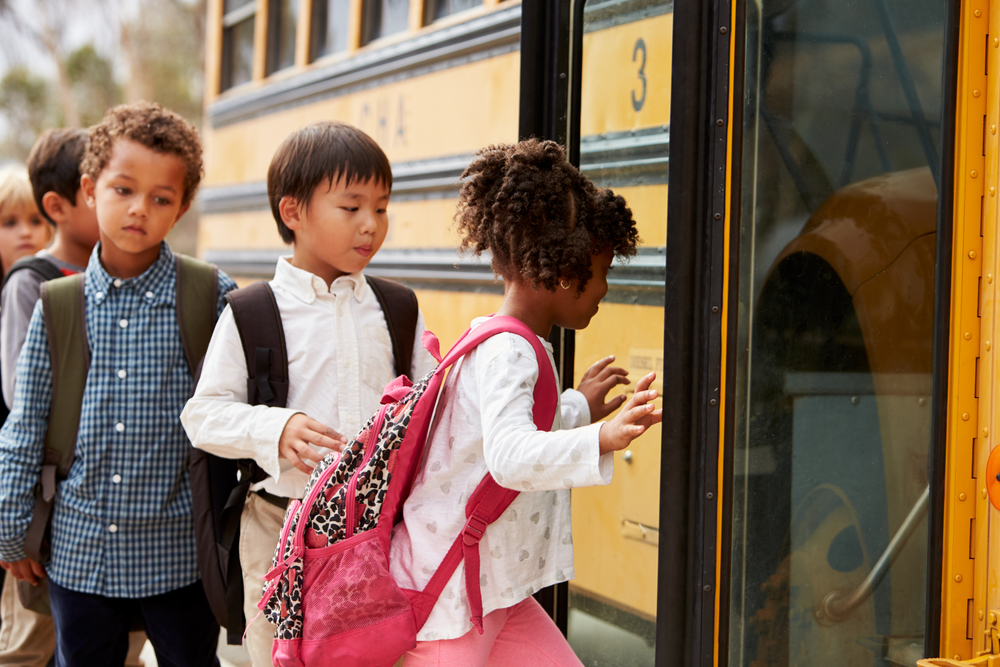According to scholars, America is increasingly becoming a society polarized between higher- and lower-income people. Whereas until recently a majority of Americans were considered middle class, now good jobs for those who only have a high school diploma are rapidly disappearing—while those with a good education reap the benefits of well-paying jobs and a booming economy.
In short, this increasing economic divergence means it’s harder to achieve the American Dream of upward mobility and a middle class lifestyle. And studies show that not only is the middle class now smaller in size than the top and bottom rungs of the economic ladder combined, the gap between rich and poor is increasing.
Here in Georgia, the statistics are particularly grim. In 2016, 25% of Georgia children were living in poverty—with 60% of all students eligible for free or reduced school lunches. Altogether, 39% of our children grow up in single-parent homes and are six times more likely to be poor. And while graduation rates have increased recently, Georgia still ranks in the bottom five states nationally for drop-out rates.
The bottom line is that 21% of Georgians age 18 to 24 are not successfully transitioning to adulthood. This means they are not enrolled in school, not working, and have no degree beyond a high school diploma. Ultimately, it also means that the devastating cycle of generational poverty will be repeated—leaving little hope of moving into the middle class.
So, how do we help our students turn their lives around? We must give them tools to succeed—specifically by expanding school choice options that put them on what scholars call the “success sequence.” A simple concept, this sequence teaches that a good education leads to a stable job—which in turn leads to a flourishing home life and overall success in life.
Clearly, the all-important first step is getting a good education. And here the data show that expanding school choice is particularly good for poorer students because more competition in education means better schools and improved student outcomes.
The good news is Georgia is a leader in educational opportunity—with more than 17,000 students benefitting from expanded school choice programs. And these programs are popular—with 84 percent of Republicans, 67 percent of independents, and 55 percent of Democrats supporting school choice. Among Millennials and minorities, support is even stronger—and growing—with 74 percent of Latinos, 72 percent of African Americans, and 75 percent of Millennials in favor.
The fact is that most students will continue to be educated in traditional public schools. But we must continue to advocate for expanded school choice and recognize the obvious fact each child is different and many underserved students will be more successful in schools that best meet their needs. Expanded school choice allows parents to send their kids to a school they believe best fits their child—placing them on a success sequence that breaks the cycle of poverty and creates the opportunity for upward mobility and a satisfied life.
Isn’t this what we want for all American kids—and not just the wealthy?
